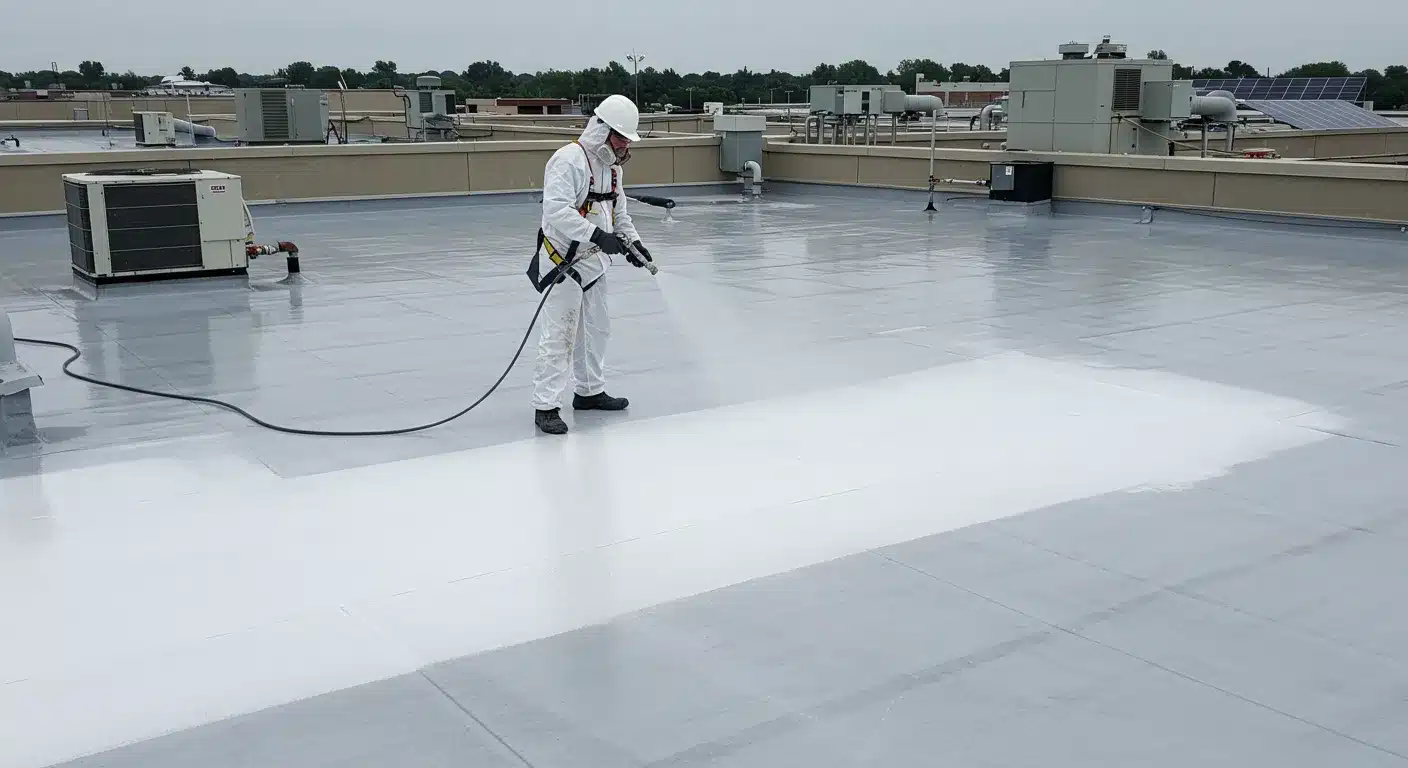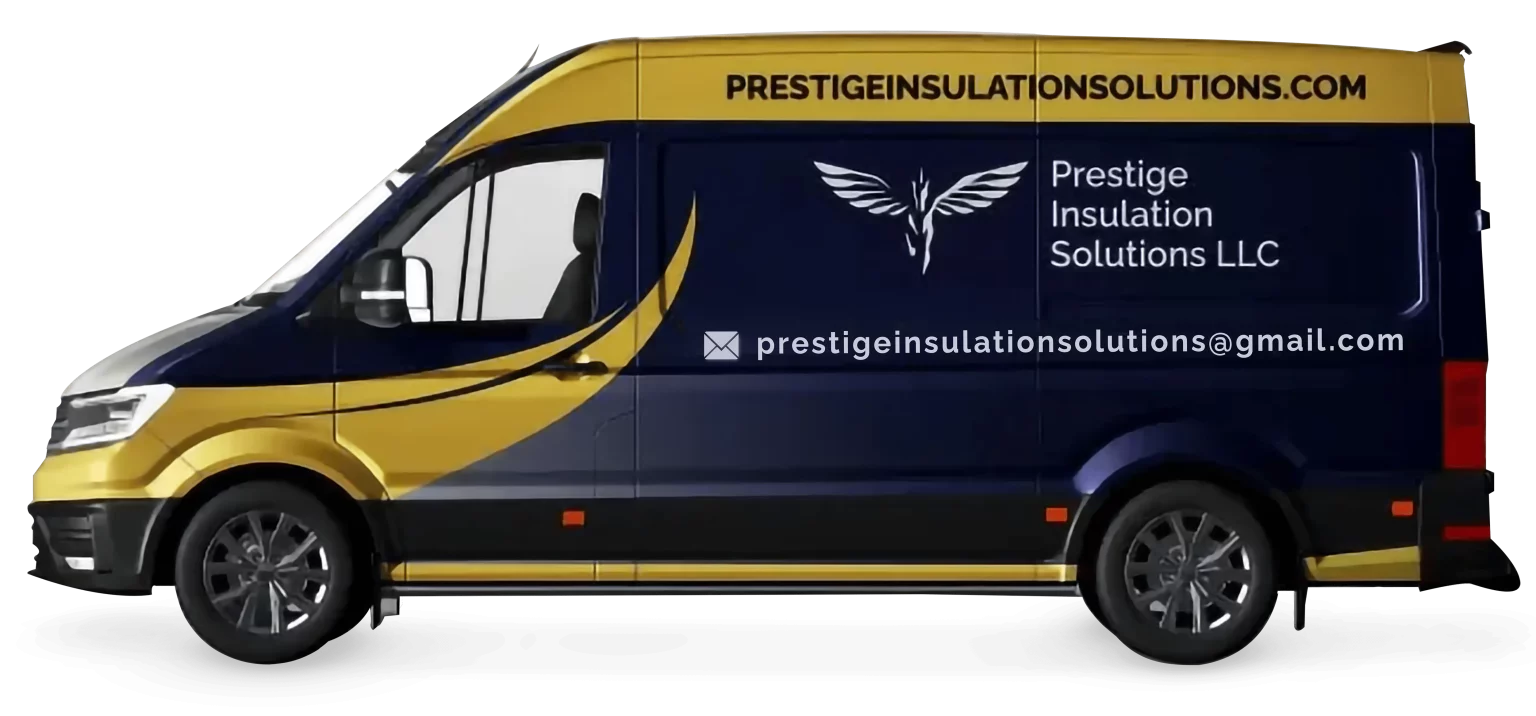Homeowners in Perdido Key, FL, often face challenges related to maintaining comfortable indoor temperatures while managing energy costs. Roof insulation offers a practical and long-term solution, reducing energy waste, improving indoor comfort, and contributing to environmental sustainability. With advances in insulation technology, 2025 is an ideal time to invest in upgrading or installing roof insulation in your property.
This article explores the benefits, types, and considerations for roof insulation, providing a comprehensive guide to help you make informed decisions.
Benefits of Roof Insulation
Energy Efficiency and Cost Savings
Proper roof insulation minimizes heat transfer between your home’s interior and exterior. In Perdido Key’s warm climate, this translates to:
- Lower Energy Bills: Reducing the need for air conditioning during hot months.
- Consistent Temperatures: Keeping your home cooler in the summer and warmer in the winter.
- Decreased HVAC Wear and Tear: Prolonging the lifespan of your heating and cooling systems.
Environmental Impact
By reducing energy consumption, roof insulation helps lower your carbon footprint. Modern insulation materials are often manufactured with eco-friendly processes, making them an environmentally responsible choice.
Increased Property Value
Well-insulated homes are more appealing to potential buyers. Roof insulation enhances your property’s marketability and can lead to higher resale values.
Types of Roof Insulation
Selecting the right insulation depends on your home’s design, budget, and specific needs. Here are the most common types of roof insulation:
Fiberglass Insulation
Widely used and cost-effective, fiberglass insulation consists of fine glass fibers that trap air. Benefits include:
- Excellent thermal resistance (R-value).
- Easy installation in various roof types.
Spray Foam Insulation
Spray foam expands upon application, sealing gaps and providing superior insulation. Key advantages:
- High efficiency in preventing air leaks.
- Ideal for irregularly shaped spaces.
Reflective Insulation
Perfect for sunny climates, reflective insulation reduces heat gain by reflecting radiant heat away from the home. It is often used in:
- Attics.
- Roofs exposed to direct sunlight.
Rigid Foam Boards
These boards offer high insulation value and are ideal for:
- Flat or low-slope roofs.
- Areas requiring extra moisture resistance.
Factors to Consider When Choosing Roof Insulation
Climate
In a region like Perdido Key, with its warm, humid climate, materials that resist heat and moisture are crucial.
Roof Design
The type and slope of your roof can influence the choice of insulation. For example, flat roofs may benefit from rigid foam boards, while pitched roofs often suit fiberglass or spray foam.
Budget
While initial costs vary, consider the long-term savings and benefits of energy efficiency. Spray foam may have higher upfront costs but delivers significant energy savings over time.
Installation Process
Professional installation ensures proper coverage and performance. DIY options are available for some materials, but expertise is recommended for complex installations.
How Roof Insulation Enhances Indoor Comfort
Temperature Regulation
Insulation reduces temperature fluctuations, ensuring consistent indoor comfort. This is especially beneficial in hot climates where air conditioning is frequently used.
Noise Reduction
Certain insulation types, like spray foam, can dampen outdoor noise, creating a quieter living environment.
Moisture Control
Insulation materials with moisture-resistant properties prevent condensation, reducing the risk of mold and mildew.
The Role of Professional Installation
Hiring experienced professionals ensures that insulation is installed correctly and performs as intended. At Prestige Insulation Solutions, we provide expert services tailored to your home’s unique requirements. Call us at (850) 429-4969 or email [email protected] for a consultation.
Maximizing Your Insulation Investment
Energy Audits
Before installing insulation, consider an energy audit to identify areas of energy loss. This helps determine the most effective insulation strategy.
Combining Insulation with Ventilation
Proper attic ventilation complements insulation, preventing heat buildup and moisture retention.
Maintenance and Upkeep
Inspect insulation periodically for signs of damage, such as compression or moisture intrusion, to ensure long-term performance.
Make the Smart Choice for 2025
Investing in roof insulation is a step toward lower energy costs, greater comfort, and a more sustainable home. Contact Prestige Insulation Solutions at (850) 429-4969 or email us at [email protected] to schedule your consultation today.
Frequently Asked Questions
How much does roof insulation cost in Perdido Key, FL?
Costs vary based on the material, roof size, and labor. Fiberglass insulation typically costs less than spray foam, which offers higher efficiency. Contact us for a detailed estimate.
How long does roof insulation last?
Most insulation materials have a lifespan of 20–40 years, depending on maintenance and environmental conditions.
Can I install roof insulation myself?
While some materials like fiberglass batts are DIY-friendly, professional installation is recommended for spray foam and other complex types to ensure proper coverage.
What are the signs that my home needs better roof insulation?
High energy bills, uneven indoor temperatures, and drafts are common indicators of insufficient insulation.
Is roof insulation safe for the environment?
Many modern insulation materials are eco-friendly, using recycled content and sustainable manufacturing processes.
How does insulation improve energy efficiency?
By reducing heat transfer, insulation minimizes the workload on HVAC systems, leading to lower energy consumption.
Can insulation help reduce noise?
Yes, materials like spray foam can act as a sound barrier, reducing noise from outside.
What R-value is recommended for roofs in Perdido Key?
R-values between R30 and R60 are ideal for the warm climate of Perdido Key.
How soon will I see savings on energy bills?
Savings typically begin immediately after installation, with noticeable reductions within the first billing cycle.
How do I choose the right insulation for my roof?
Consider factors like climate, roof design, and budget. Consulting with professionals can help you make the best decision.



